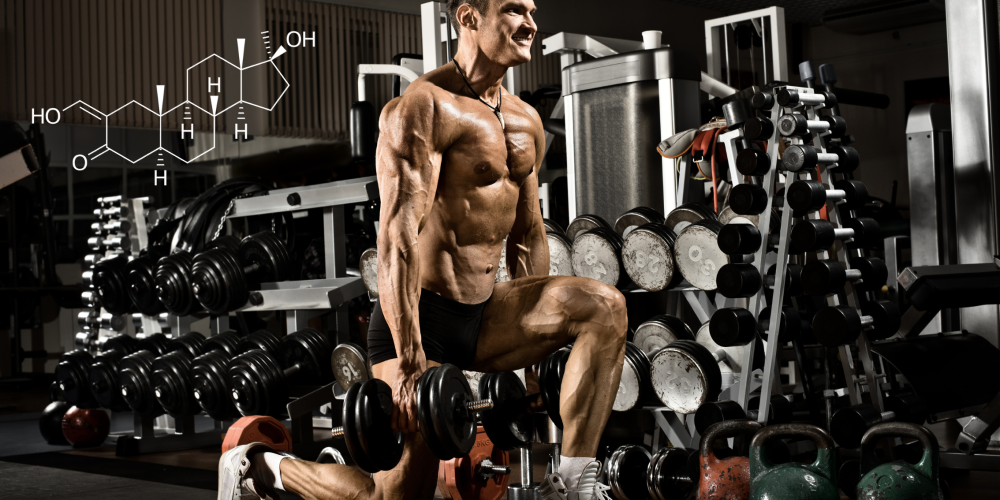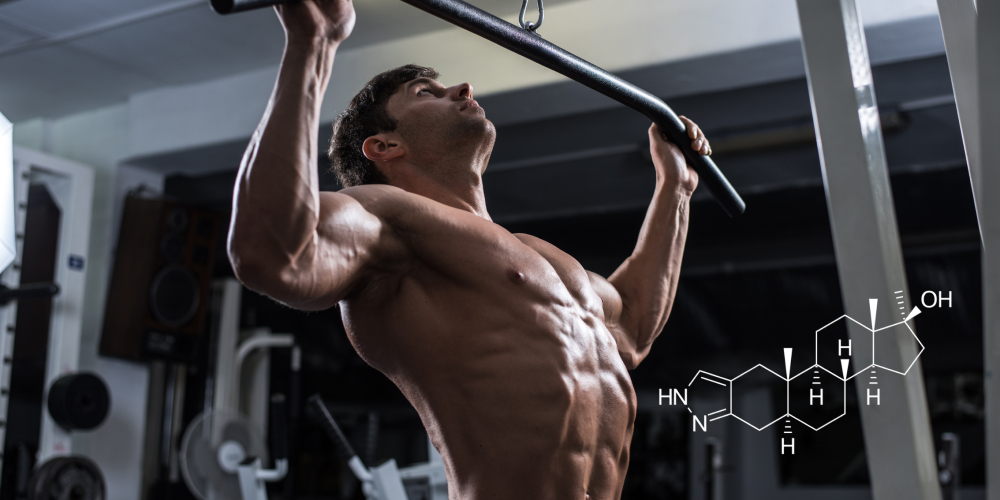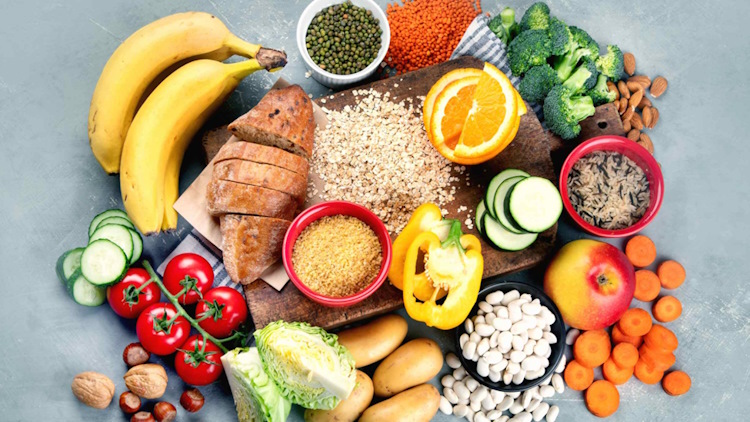Insulin protocols in bodybuilding: the game-changing hormone
The quest for maximum muscle hypertrophy and optimal performance usually drives bodybuilders to explore various training methodologies and nutritional strategies. Among different approaches, insulin usage is probably one of the most powerful approaches one can use, being praised by many as the hormone that started the mass monster era, alongside with growth hormone. However, understanding the intricacies of insulin protocols, particularly in terms of dosages and timing, as well as its interactions with other hormones and food, is essential for safe and effective implementation. In this article, we will take a look into the concepts behind insulin protocols, as well as shed some light on dosages, timing, and monitoring for bodybuilders.
Insulin, a peptide hormone produced by the pancreas, plays a major role in regulating blood glucose levels and facilitating nutrient uptake into cells, including muscle cells. Its anabolic properties come from its ability to promote glycogen synthesis, inhibit protein breakdown, and stimulate protein synthesis, all of which are essential processes for muscle growth and repair. In fact, when sufficient carbohydrates and amino acids are present, insulin is probably the most anabolic hormone a bodybuilder can use.
Insulin protocols for bodybuilders typically involve strategic timing of insulin administration around meals and workouts to capitalize on its anabolic effects. While protocols may vary based on individual goals, insulin sensitivity, and dietary habits, they will pretty much always follow a similar framework in terms of dosages and timing.
Determining the appropriate insulin dosage and timing is not trivial and requires careful consideration of several individual factors, including body weight, insulin sensitivity, carbohydrate intake, and training schedule. Here’s a breakdown of the dosages and timing commonly used in insulin protocols for bodybuilders:
Basal insulin
Basal insulin, such as long-acting insulin analogs like insulin glargine or insulin detemir, provides a steady release of insulin to maintain baseline blood glucose levels throughout the day. Dosages are typically calculated based on individual insulin requirements, with adjustments made to achieve fasting blood glucose targets. You should probably not mess with basal insulin if you’re not on growth hormone or know what you’re doing.
Pre-workout insulin
Pre-workout insulin administration is probably the most effective way to do it, as it is a way to capitalize on the heightened insulin sensitivity induced by exercise to enhance nutrient uptake and glycogen resynthesis in muscles. Dosages for pre-workout insulin may range from 0.1 to 0.3 IU/kg of body weight of fast-acting insulin, with adjustments made based on individual insulin sensitivity and carbohydrate intake. Do not take over 10UI if you don’t know what you’re doing and make sure you have somebody to help you if anything goes wrong.
Intra-workout carbohydrates
If you take fast-acting pre-workout insulin, you will need to consume rapidly absorbed carbohydrates to fuel your workouts and support glycogen replenishment. Carbohydrate intake during workouts typically ranges from 8 to 15 grams per UI of insulin taken, but also depends on training intensity and duration. A good rule of thumb is to use 10g/UI. Whole fruit juices and supplements such as waxy maize, maltodextrin or palatinose can be a great idea here, alongside with essential amino acids (EAAs).
Post-workout nutrition
Following workouts, you will still want to consume a post-workout meal rich in protein and carbohydrates to facilitate muscle recovery and growth. The insulin sensitivity induced by exercise enhances nutrient uptake, making it a very opportune time to consume carbohydrates and protein for optimal muscle protein synthesis and glycogen repletion.
Monitoring blood glucose levels is crucial when implementing insulin protocols to avoid hypoglycemia and ensure safe and effective insulin use, otherwise we’re just shooting in the dark. Ideally, bodybuilders should regularly monitor their blood glucose levels before and after meals, workouts, and insulin administration, making adjustments to dosages and timing as needed based on glycemic response and performance goals, at least until they’ve established how their body works and proper individual doses.
Safety disclaimer: keep in mind that using insulin is dangerous and can literally kill you. Hypoglycemia or hyperglycemic spikes are both very serious conditions that can lead to severe complications and possible death. If your mind is absolutely set on taking insulin, do your thorough research beforehand and make sure people around you know what you’re doing in case anything goes wrong so they can help you. Because of this, many amateur bodybuilders and athletes think it’s just not worth it doing insulin.
Insulin protocols are a very powerful strategy for maximizing muscle growth and performance in bodybuilding. By understanding a little bit about insulin dosages and timing, athletes can evaluate their protocols to achieve their goals while minimizing risks. However, it’s essential to approach insulin use with caution and under the guidance of a qualified professional or coach to ensure safety and efficacy. With careful monitoring and adjustments, insulin protocols can be a way to achieve unprecedented gains in muscle mass and strength.









